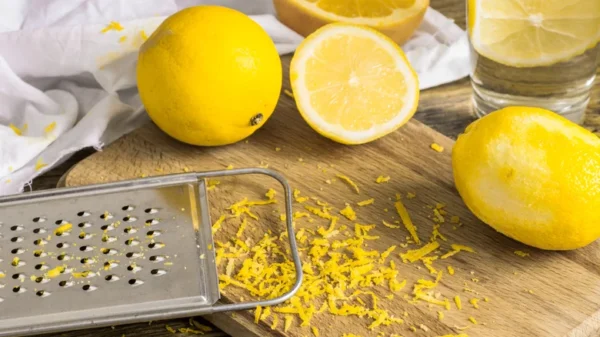Introduction to Lemon Zest and Dried Peels
Lemon zest, the outermost layer of a lemon’s skin, is prized for its vibrant, tangy flavor and aroma. On the other hand, dried lemon peels, while also derived from the fruit, tend to have a more concentrated and slightly altered taste due to the drying process. This raises the question: can you substitute lemon zest with dried peels in your recipes?

The Flavor Profile: Fresh vs. Dried
When cooking or baking, the flavor consistency is key. Fresh lemon zest offers a bright, citrusy kick that enhances dishes beautifully. Dried peels, however, introduce a more robust, sometimes bitter flavor. While you can use dried peels as a substitute, be aware that the taste may vary, impacting the overall flavor of your dish. Adjusting quantities is essential; typically, you would use one teaspoon of dried peels for one tablespoon of fresh zest.
Practical Applications in Cooking
Substituting lemon zest with dried peels works well in certain recipes such as marinades, baked goods, or spice blends. However, in recipes that rely heavily on the fresh zest’s immediate aromatic qualities, like cocktails or salads, the dried version may not yield the desired results. Experimentation is key; start with a smaller amount of dried peel and adjust according to your taste. Ultimately, while dried lemon peels can serve as an occasional substitute, for the best flavor, fresh lemon zest is often the preferred choice.
